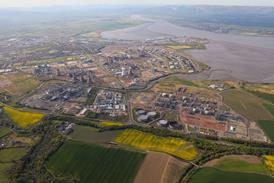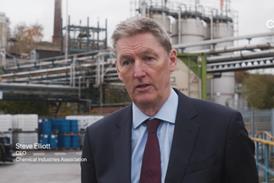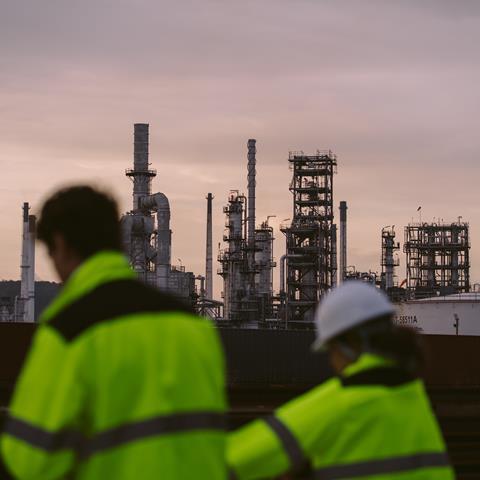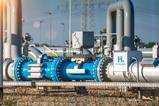Emissions from waste incineration comprise around 8 MtCO2 emissions each year. Action is required to mitigate these emissions yet Government proposals raise concerns for our sector: The current approach risks ineffectual application of the carbon price and increased cost to the chemical sector; Hazardous waste incineration must be exempted from inclusion in 2028, and; More needs to be done to help nascent circular technologies like chemical recycling.
In the UK’s Net Zero Strategy (2021), the Government committed to exploring the expansion of the UK Emissions Trading Scheme (ETS) to cover new sectors of the economy. To that end, last year the Government consulted on bringing waste incineration and energy from waste into the ETS and has since published a partial response to that consultation.
Emissions from the UK’s waste incineration and energy recovery plants comprise around 8 million tonnes of CO2 emissions each year and, since the closure of the UK’s last coal-fired power station last year, the burning of waste to make electricity is now the UK’s most emission-intensive method of generating power. Action is required to mitigate these emissions. Even so, proposals within the latest Government consultation raise concerns for our sector.
A misplaced incentive
The proposal to align the UK ETS with Packaging Extended Producer Responsibility (pEPR), so that the carbon price forms a part of the pEPR cost recovery process, will mean that the carbon price incentive applies to the manufacturing sector, rather than the waste sector. This adds to the policy cost burden of manufacturers who are already paying to meet the requirements of the pEPR, as well as the cost of their own carbon emissions within the UK ETS.
At the same time, it misses an opportunity to create a strong incentive for the waste sector to innovate and invest. Putting a price on the emissions from waste incineration would encourage the waste sector to improve recycling infrastructure and to capture its carbon emissions. Deploying these technologies would help to ‘close the loop’ in our sector and others, increasing the availability of recycled carbon that can be used to make circular chemicals and materials.
Chemical recycling
Chemical recycling is a process that breaks down plastic waste into its molecular components through chemical reactions. This allows for the conversion of polymeric waste back into raw materials which can then be reused to manufacture new products, displacing virgin fossil feedstock derived from oil and natural gas. Critically, chemical recycling can be used to recycle flexible plastics and films which cannot be recycled mechanically.
We welcome the Government decision to exclude emissions associated with chemical recycling outputs from carbon pricing. This innovative technology comes with a green premium but is critical to the creation of a circular economy. The decision provides some degree of much needed support for this technology, but the Government should go further. Chemical recycling facilities as a whole should be excluded from the scheme, not just the emissions relating to their recycled outputs, until such a time that the technology is established and competitive.
Hazardous waste
Some chemical waste can be harmful to humans or the environment. Where it is classed as hazardous, it needs to be treated, disposed of, or recycled safely, in accordance with the UK’s Hazardous Waste Regulations. High temperature incinerators (HTIs) provide an established route to compliance. The UK has three HTIs for hazardous waste which provide an essential service to the chemical sector, ensuring that otherwise harmful waste is made safe.
The CIA therefore welcomes the proposal from the Government that HTIs processing hazardous waste will be exempt from the voluntary MRV-only period. Placing an additional charge on the UK’s HTIs would drive up unavoidable cost for UK manufacturers and risk incentivising the export of hazardous waste to territories where they may be disposed of improperly. We urge the Government to confirm, as early as possible, that HTIs processing hazardous waste will remain exempt from the scheme, when the voluntary MRV-only period ends in 2028.






















